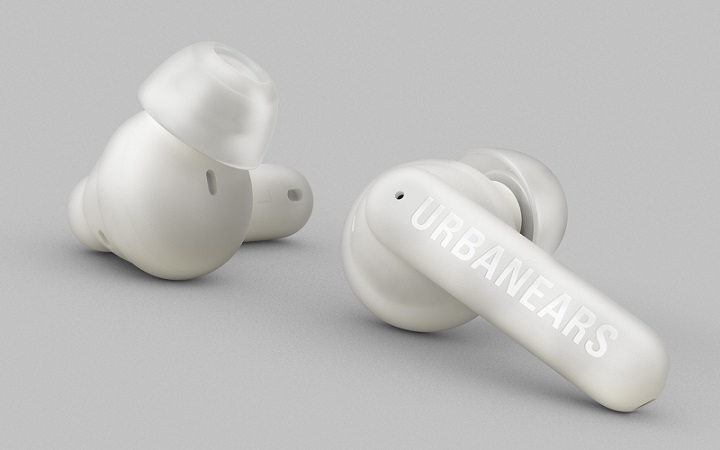A Guide to Headphone Types

A headphone is a pair of small speakers worn over the user’s ears. These are called electroacoustic transducers because they use electricity to convert sound into sound waves. Headphones can be classified as a closed-back or open-back headphone. Here’s a guide to the main types. They are generally available in pairs and come in different price ranges. Some of the most popular types are listed below.
Open-back vs closed-back
When deciding between open-back and closed-back headphones, you need to think about the purpose for which you plan to use them. Open-back headphones allow you to hear more of the ambient world around you, while closed-back headphones are sealed in the back. While both types of headphones are great for music listening, each is designed for specific purposes. Find out which type is right for you by reading on to learn more about the pros and cons of open-back headphones.
Open-back headphones are not as common in electronics retail stores, but you can find them online. Many audio manufacturers have both open-back and closed-back models. Some open-back headphones have perforated ear cups, while others are see-through and have vented ear cups. If you’re unsure, try them on before you make a decision. If you’re not sure, a good way to tell is to listen with your fingers.
In-ear monitors
One of the benefits of using in-ear monitors for headphones is the ability to control the volume. While it is still necessary to allow the monitor engineer to adjust the levels of the tracks, in-ear monitoring allows you to choose different mixes and control the volume. In-ear monitors can also help protect your hearing in the long run. They are especially useful for recording studios. This article will discuss the different types of in-ear monitors and their pros and cons.
Despite their popularity, in-ear monitors aren’t for everyone. Some people are wary of the technology because of the high price. However, many audiophiles are happy with their in-ear headphones and find them to be very comfortable. For example, the Shure PSM 300 IEM comes with a belt pack and features two arrows for volume control. Some models also have a mute button.
Active noise-cancelling
The benefits of active noise-cancelling headphones are most apparent to those who travel often. These headphones block out background noise by electronically generating opposite sound frequencies, called antiphases, in each ear cup. When these waves collide, the result is that only your music will be heard. Because they use built-in batteries, active noise-cancelling headphones don’t require a wire to work.
Although active noise-cancelling on headphone models does block out the outside sound better, it doesn’t make them sound quite as good as those that don’t use ANC. Active noise-cancelling headphones also add counter frequencies, which degrade the sound quality. DJs and other professionals who need to block out background noise may want to use passive noise-canceling headphones instead. This option is more cost-effective than ANC.
Balanced armature
While the acoustics of dynamic drivers is excellent for separating highs from lows, a balanced armature for headphone provides superior isolation. While balanced armature headphones can sound more natural and less distorted, they lack the bass line. To fix this problem, additional drivers may be required, or the volume may need to be increased. In either case, the overall performance will be better than a dynamic driver.
The most common balanced armature for headphone drivers use electromagnetism. Electromagnetic induction is a fundamental principle of electromagnetism. Whenever an electrical current flows through a conductor, it produces a magnetic field. This magnetic field extends to a miniature membrane that produces sound. This miniature membrane is balanced between two magnets. The magnets create an electromagnetic field around the voice coil and are attached to a U-shaped metal plate.
Flat frequency response
A flat frequency response refers to the fact that all frequencies are at the same level throughout their range, forming a horizontal line. By contrast, most consumer-grade headphones display a V-shaped or U-shaped graph, with the left (bass) and right (treble) frequencies elevated. The graph below compares the frequency response of studio monitor headphones to that of consumer headphones. The Audio Technica ATH-M50x studio monitor headphones are flat, while Dr. Dre Tour headphones feature an elevated bass response.
The average of the two measurements is known as the flat frequency response. It is possible to obtain this result even without specifying the type of stand that is being used. The deviations are then guided by the HDM-X graph. For example, if a headphones’ frequency response is a little bit more than three decibels higher than the average, it may be a good candidate for a flat headphone.
Removable lead
A detachable lead for headphone is a convenience that helps you take care of your headphones without compromising on quality. Using a detachable cable means you don’t need to worry about losing the headphones when it’s not in use. In some cases, however, a detachable cable means you’ll have to purchase another set, which is more expensive. You can find a pair of headphones with a detachable lead by using a video tutorial on YouTube.